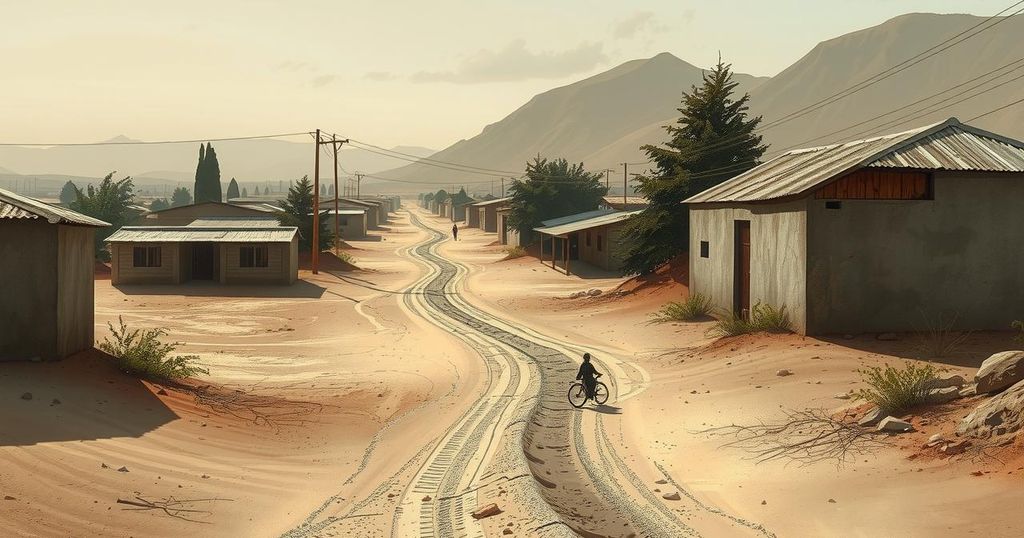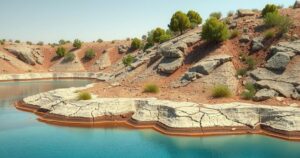Water Scarcity in Lima: A Dream Deferred for Many Residents

In Lima, Peru, over 635,000 residents live without running water, relying on infrequent and unhygienic deliveries by tanker trucks. Despite the proximity to water sources, systemic issues limit access, with residents paying exorbitantly for their water. Experts emphasize that climate change and inadequate urban planning contribute to this ongoing crisis, revealing stark disparities between rich and poor areas within the city.
In the arid hills of Lima, Peru, access to running water remains a distant aspiration for many residents. The capital city, which has over 10 million inhabitants and is the world’s second-largest desert city following Cairo, faces significant water scarcity despite its geographic advantages, including proximity to three rivers and the Pacific Ocean. Approximately 635,000 individuals reside in areas where tap water is unavailable, often in informal settlements that lack proper infrastructure.
Water is delivered sporadically by blue tanker trucks, often only once a week, to neighborhoods such as San Juan de Miraflores. The quality of this water is questionable, and residents use large drums for storage, which, as noted by Catalina Naupa, a 59-year-old local, can lead to health issues. “We get stomach cramps and migraines. There are worms in the bottom of the tank,” she reported, highlighting the unsafe conditions.
The water utility, Sedapal, provides about 30 liters (eight gallons) of water per person per day, significantly below the United Nations’ recommended minimum of 50-100 liters. “Year after year, Sedapal fears having to ration water as the rainy season comes,” explained Jeremy Robert from the Institute for Development Research in France. This situation raises concerns about the sustainability of water resources in the face of climate change and increasing demand.
According to Antonio Ioris, a geography professor at Cardiff University, climate change will diminish water flow in rivers and mountain reserves. However, he emphasizes that systemic issues, such as insufficient urban planning and rural poverty that drives migration to cities, play a significant role in the poor access to water experienced by marginalized communities.
In San Juan de Miraflores, residents often pay six times more for water than those connected to the municipal supply. An emblematic sight is a concrete barrier known as the “wall of shame,” which separates poorer and wealthier neighborhoods. Cristel Mejia, who operates a soup kitchen in the deprived area, lamented that Santiago de Surco, on the affluent side of the wall, offers a starkly different lifestyle, reflecting gross disparities in water resource management throughout Lima.
The article underscores a critical water crisis in Lima, Peru, where significant populations lack access to clean and sufficient water. While climate change complicates the situation, underlying socio-economic and urban planning issues exacerbate the struggles faced by vulnerable communities. It highlights the urgent need for policymakers to prioritize equitable water access, addressing both immediate needs and long-term sustainability.
Original Source: homenewshere.com






